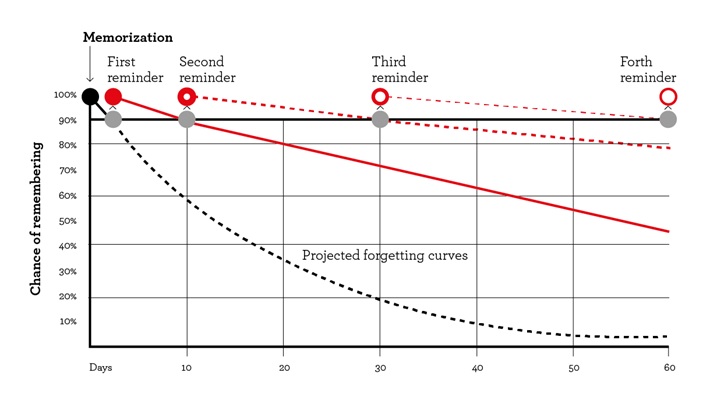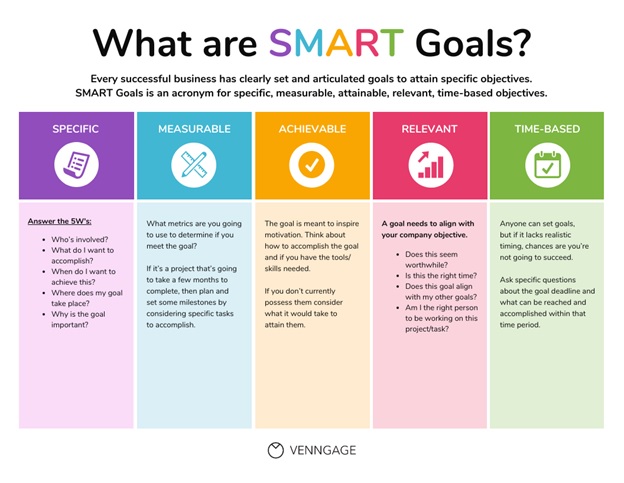Environment, health, and safety (EHS) training can be a long and sometimes exhausting process, and it also needs to be precise. After all, workers’ health and even their lives could be in the hands of trainees in the future. But scaling up training can have a negative impact on employees’ productivity, so it’s time to pivot to a new strategy when it comes to training.
How can EHS trainers improve learning retention even in the most intensive training sessions? Instructional designer Dr. Jiani Wu recommends using the microlearning method; by using microlearning techniques, organizations can train their employees without disrupting their work. In this article, we’ll explain what microlearning is and why EHS training would benefit from using this method.
(Editor’s Note: Depending on your industry and/or type of work, online training alone without an in-person or hands-on component may not satisfy your OSHA compliance obligations when it comes to training. Ensure that you are aware of your compliance needs when constructing any EHS training program.)
What Is Microlearning?
In the microlearning training process, rather than creating an hour-long program or video, trainers share bitesize content with trainees, such as several videos that are 5 minutes long.
Additionally, microlearning takes place over a longer period of time. Instead of one consolidated training session held over a day or a week, microlearning modules are shared over weeks and sometimes even months.
This staggered approach to training helps flatten the forgetting curve, illustrated at left.
At a certain point, trainees begin to forget what they learned, unless the information is reinforced.
By breaking up training modules, the information is reiterated while being clubbed with new facts.
Another reason to incorporate microlearning is to accommodate employees’ workday. It isn’t always possible for workers in EHS fields to stop what they are doing to undergo training.
At the same time, there are always new developments trainees need to be aware of, so learning new skills is necessary.
The 4 Biggest Benefits of Microlearning
So far, we have touched upon some of the benefits of microlearning. Below, we share the four biggest advantages of adopting this method in the EHS space.
1. Makes Information Easier to Understand
Microlearning usually takes place concurrently with employees’ day jobs, which means there is a lot of information to take in.
But because the training materials are shorter and paced, the EHS employee onboarding materials become easier to understand and absorb.
For example, a microlearning module might include a healthcare infographic template, like the below example, to educate employees.
A visual template like this breaks down complex information and is a document employees can refer to later on if they need to jog their memory.
Again, because of the pacing of information, trainees have more time to absorb what they learn instead of the information being buried under more facts and figures.
By the time the next module comes around, trainees will have had time to digest the information and will be ready to absorb more.
2. Provides for Autonomous Learning
Another huge benefit of micro-training is its customizable nature. Because it isn’t one long training day or video, changes can be made to modules if new information arises.
Because of the modules’ short length, trainees have autonomy to learn when they are comfortable. They don’t need to be packed into a room and feel trapped for hours—or days—trying to learn everything and retain it all.
The modules are short enough for trainees to watch or read if they need a refresher. It will only take a few minutes of their time, so it’s an investment they will be more willing to make.
3. Increases Interactivity
Training sessions often start with only a few volunteers for interactive exercises. By the middle of the day, trainees may become more comfortable with interacting with each other and the trainer, but that enthusiasm often dies down again by the end of the day.
Microlearning, on the other hand, has room for much more interactivity. Trainers can include quizzes after every module, which also helps retention.
Modules can be created for multiple platforms—desktop and mobile—so trainees can interact with them wherever they are.
Additionally, by using simple graphic design, trainers can illustrate processes or create screenshots that make learning retention easier.
4. Is More Cost-Effective
Longer training sessions can become extremely expensive to run. Overhead costs and renting a space to hold the training sessions also add to this.
With the world having gone virtual, it only makes sense to create more online training courses. Microlearning is perfect for this method, and it’s cost-effective.
Shorter modules are less expensive to produce. There are far fewer materials to create, both in print and online, which means less money invested and more time saved.
Trainers can create 3- to 5-minute videos using just their laptops or write short posts that can be included on a course page.
Even if a microlearning course is held over several months, it’s more cost-effective in terms of retention levels.
How to Implement Microlearning Training Programs
The above benefits showcase how important microlearning programs can be for EHS training. But how can organizations create and implement these sessions successfully?
Micro-training is a different mind-set. To adjust one’s approach to this type of exercise, start by asking these three questions:
- What learning goals do I want my audience to reach?
- How can I make my program more visually appealing?
- How can I consistently improve my microlearning program?
We break down each of the questions below to help you implement your program.
1. What learning goals do I want my audience to reach?
Every training program must have a set goal to achieve. Use the SMART goal-setting method, illustrated in the below graphic, for this process.
How do you go about setting SMART goals for a training program? Here are a few key questions to answer:
- What is the primary topic of your program? Too many topics will become confusing for the trainees. Interviewing employees will help trainers choose a topic that makes the most impact.
- What is the goal of this topic? Is it to teach a new EHS skill? Share a new practice or methodology? Or is it aimed at scaling up existing skills and information? Interviewing employees can also help find skills gaps that will make goal-setting easier.
- What information must be included to train the employees? What additional or supplemental information can help trainees get more context and improve learning? Speak to managers and industry leaders to give the training a focused direction.
- What technical know-how is required to run the course? A microlearning program will require some equipment. This could be laptops, professional microphones, a YouTube channel, or mobile-friendliness. Plan this before the training begins.
By setting goals for the program, the training becomes more effective and measurable.
2. How can I make my program more visually appealing?
Micro-training modules should include visuals to improve understanding and retention. The human brain processes visuals quicker, which makes the exercise more efficient.
For example, including training materials like the personal development plan below will make the material much easier to follow than an Excel® sheet.
The reason visuals like these work is because there are clear headers, demarcated by colors, and a clear flow that helps the eye move down the graphic.
Using visuals such as infographics and data visualizations is a great way to keep trainees’ attention and improve learning retention.
We’ve mentioned video a few times because it’s a simple way to deliver a lot of information. The audio/visual component boosts engagement, as well.
There are video tools available for EHS trainers to use, and most of them have an intuitive user experience.
And remember, the microlearning modules only need to be a maximum of 5 minutes long, and they don’t require that much effort to put together.
3. How can I consistently improve my microlearning program?
Once the micro-training program has been created and implemented, that doesn’t mean the work is over.
It’s important to find out whether the program was successful. Go back to the goals we mentioned earlier. Did the program lead to improved skills? Or was the new practice implemented among the trainees?
You also need to know what didn’t succeed. Did employees find a particular module difficult to understand? Did they require more instruction? Less instruction?
Another area that needs to be examined is the modules’ completion rate. Are employees leaving the course at a particular point? Are they skipping a section?
There are many questions that will need to be answered, which is why measuring is crucial to success. Analyze the metrics of videos, and interview trainees to find out what improvements they would like to see.
Key Takeaways: Use Microlearning to Boost Learning Retention
The EHS field is constantly evolving, and effective training has to keep pace as part and parcel of health and safety. Making the training as simple to access as possible is key to making the process a success, and microlearning makes retention easier for trainees. Employees can also absorb the smaller modules without disrupting their workday. For efficient and effective training, microlearning is the most convenient and productive way to improve employee skills while maintaining a focus on EHS.
 Ronita Mohan is a content marketer at Venngage, an online infographic maker and design platform. Mohan regularly writes about marketing, design, and small businesses. Ronita Mohan is a content marketer at Venngage, an online infographic maker and design platform. Mohan regularly writes about marketing, design, and small businesses.
Twitter: @Venngage |





